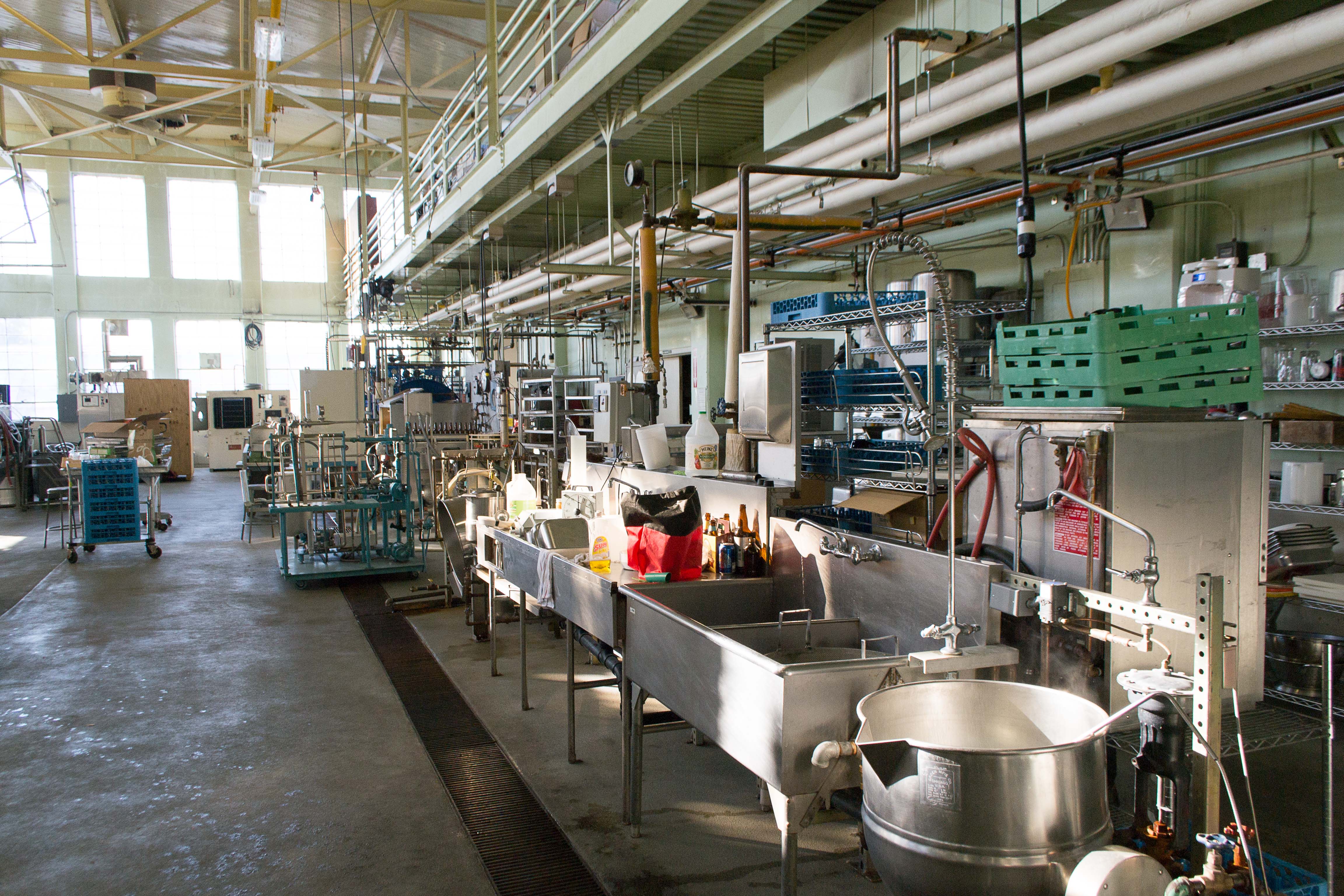
Photo from academic.microsoft.com
ABSTRACT The physicochemical characteristics, phenolic contents, and antioxidant capacities of the juices, seeds, and peels of six pomegranate cultivars from Shandong and Xinjiang provinces of China were compared. Results showed… Click to show full abstract
ABSTRACT The physicochemical characteristics, phenolic contents, and antioxidant capacities of the juices, seeds, and peels of six pomegranate cultivars from Shandong and Xinjiang provinces of China were compared. Results showed that high variability occurred in the physicochemical properties of the fruits, including fruit size, 100-aril weight, juice yield, titratable acidity (TA), total reducing sugar (TS), total soluble solids (TSS), and TS/TA. Comparison of the distribution of the phenolic contents and antioxidant activities in the peels, juices, and seeds revealed that the pomegranate peels possessed much more phenolic components and stronger antioxidant activities than the seeds and juices. The phenolic components of pomegranate peels were structurally identified and quantified by ultra-performance liquid chromatography coupled with mass spectrum (UPLC–DAD–ESI/MSn), and punicalagin (α- and β-isomers) was found as the predominant phenolic component. Correlation analysis revealed that the antioxidant activities were highly positively correlated with the total phenolics and flavonoids. The above results indicated that the pomegranate peel was the most valuable part because of abundant total phenolics and high antioxidant activities, and the best cultivar for fresh consumption, juice extraction, and bioactive components preparation was “SD-QP.”
Journal Title: International Journal of Food Properties
Year Published: 2017
Link to full text (if available)
Share on Social Media: Sign Up to like & get
recommendations!